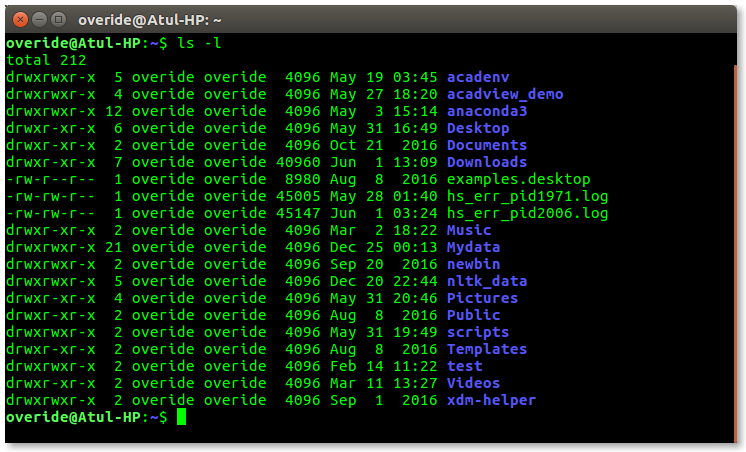These scripts search for images recursively from the current directory where they are executed.
Both scripts search for files with the following extensions:
- png
- jpg
- jpeg
- svg
- raw
- gif
- heif
- mbp
- tiff
- psd
Once the files are found, they are copied to a new directory called my-images, which is created in the current working directory. This is what cpimg does. On the other hand, tarimg compresses the folder and its files into a .tar.gz archive, then deletes the original folder and its contents, leaving only the compressed file.






